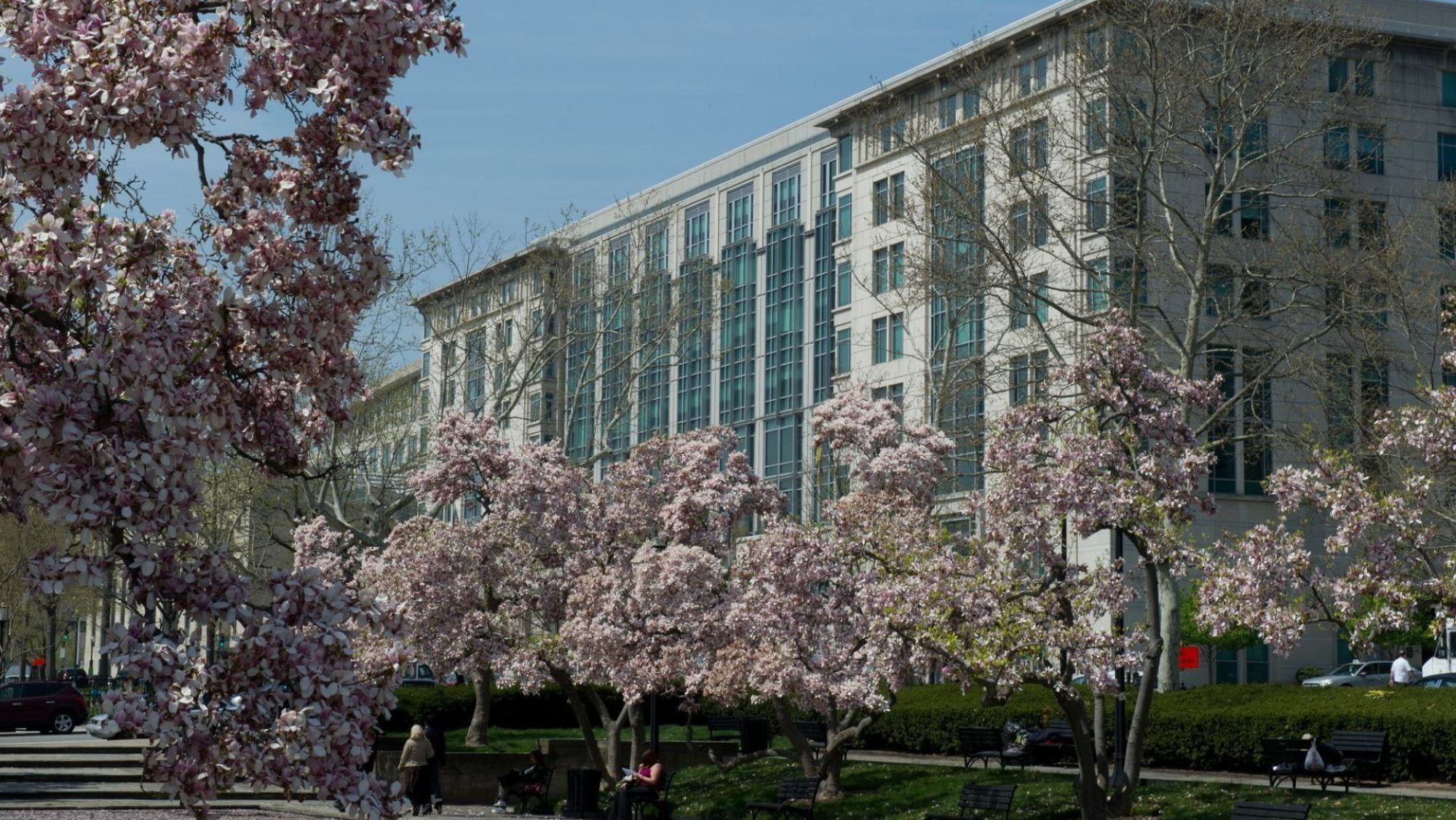Over the past decade, the world has made bold climate change mitigation and adaptation commitments, with the Paris Agreement seen as a landmark development in this collective struggle. COP26 is yet another celebrated gathering of stakeholders aimed at providing momentum to accelerate action towards the goals of the Paris Accords. This anticipated momentum is timely, given the socioeconomic toll of Covid-19 on the global economy. The extra urgency from the pandemic is expressed in the remarks of the President Designate of the COP that this year’s convention cannot be another ‘talking show’ but an opportunity to build back stronger, better, and greener. While we so much seek and need to accelerate our collective fight to limit global warming to 1.5 °C relative to pre-industrial levels, it is also crucial to reflect on the [un]intended outcomes of this journey so far. A critical area to reflect upon is the growing reliance on carbon offsetting as a climate mitigation tool and its impacts on marginalized communities in tropical countries in the Global South which are now hotspots for building forest carbon stocks. While offset programs such as REDD+ are dubbed instrumental in carbon sequestration, they are linked to widespread farmer displacement in the Global South, especially in communities where customary land tenure practices prevail. Under customary tenure regimes where farmers typically have user rights to land held in trust for them by traditional custodians, attempts by the state and private corporations to secure forests for REDD+ often result in militarized forest enclosures with little opportunity for weaker groups to continue to access forest resources. While industrialized countries rely on carbon credits from these offset programs to meet considerable portions of their nationally determined emission reduction targets, payments rarely trickle down to local communities. Unfortunately, these marginalized smallholder farmers are those impacted the most by climate change. From research in forest communities, I have come to realize that these dynamics of displacement and enclosure make carbon forest programs counterproductive because when local livelihoods are not properly integrated, forest conservation in a given geography merely leads to a displacement of deforestation to other geographies. If global scale climate change efforts, including collective decisions from COP26 are to be meaningful, we must pay attention to these micro-scale [un]intended livelihood impacts.
Moses Kansanga
Assistant Professor of Geography and International Affairs
